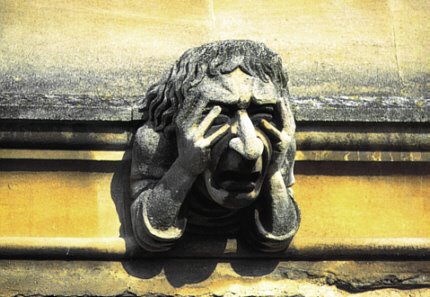Early Modern Automata

Edited by Wendy Beth Hyman
Proposals sought for a new book of essays on Early Modern literary “automata”: inanimate objects of all kinds, brought to life on the stage or the page. While several studies have examined the role of hydraulics, pneumatics, and clockworks during the scientific revolution, this book will take a broader scope, looking at the incredible fantasies of animation that proliferated in an era poised between mysticism and empiricism. Essays on the engineering triumphs that thrilled spectators at court masques and Renaissance gardens are welcome, but equally welcome are essays on the merely imagined automata of Renaissance literature: e.g. Spenser’s Talus, Ralegh’s girl of “snow and silk,” Shakespeare’s Hermione. What does it mean to be human? What is the relationship between spirit and matter, or soul and body? Although mimesis may be a goal of classical aesthetics, how does one deal with the threat of art that is too real? Is it the logical culmination of human technology and imagination, or a dangerous expression of hubris? The animated statues, machines, and succubi of the Renaissance inevitably prompt these and other philosophical questions, at the same time as they refract the era’s larger epistemological uncertainties and existential longings.
This collection will approach these heterogeneous issues by bringing together the perspectives of literary scholars, art historians, and historians of science and technology. I welcome essays on any of these general topics, particularly—although not necessarily exclusively—addressing British and European automata c. 1500-1700.
If you are interested in contributing to the volume, please email an essay title, a 500-word proposal, and a brief CV by September 15th to: whyman@ithaca.edu.


0 Comments:
Post a Comment
<< Home